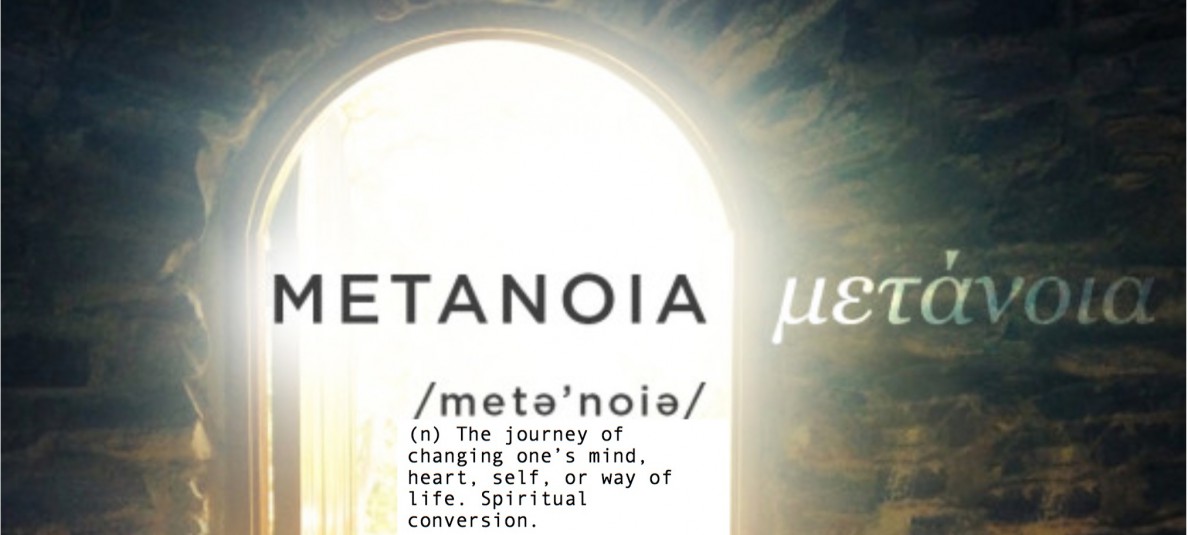Day of Pentecost (C): Peace Out, Time for Work
By: Emily S. Kahm
“Peace I leave with you; my peace I give you.”
If you’ve attended a Catholic Mass, you might recognize those words as the cue for people to start stirring from their otherwise well-rehearsed Catholic aerobics. As a kid, this line was the long-awaited signal that, for a few brief seconds, I was allowed to move and talk as I “peaced” the people around me with a handshake and, well, the word “peace,” or alternatively “peace be with you,” if I was feeling chatty that day.
It’s a little odd, isn’t it? When I try to envision “peace,” the images that come to my mind are those of perfect stillness, meditation, quiet, but in my church, “peace” comes associated with a flurry of movement, a part of our structured liturgy that is decidedly un-structured, a part you’re practically guaranteed to experience differently every time because the people around you change every time. The moment of “peace” can feel very uncertain—sometimes the music minister comes in with the Lamb of God too early and you don’t get to peace those folks you really wanted to peace; sometimes the peace drags on forever, long after you’ve run out of people for your one-word exchange. The moment of peace can feel decidedly fickle.
Maybe that’s some of what Jesus is getting at in this passage from John. This all takes place at the Last Supper, shortly after Jesus calls out Judas on his impending betrayal (going so far as to tell him to get gone and start betraying, already) and tells Peter, his otherwise faithful friend, that he will fail in a big way to be there for Jesus when he needs him the most. It seems a strange time to claim that peace will always be present with his apostles. John’s Gospel emphasizes Jesus’ divinity more than the other Gospels, but in his capacity as human, Jesus has to be terrified. He’s in the midst of a long, awful anticipation. I imagine this is what you feel when waiting for a major surgery scheduled long in advance, or when you know that someone you care for is about to die and you’re dreading the phone call that signals the end, or when your friend is about to be deployed into a war zone. The dread can be overpowering. So many of us focus on doing, and find our peace there instead, in the minutiae of eating a meal or taking a walk or doing the work we love best.
Perhaps now is where you expect me to make a point about the glorification of busyness in our culture and how our peace comes primarily, or exclusively, from an internal prayer life or community worship, or meditation—all those “sit and be” occasions. Well, it can, and in part, it should. However, our culture being obsessed with doing hardly means that the only holy path is to stop doing. We’re back in the frustrating domain of no simple answers; of seeking balance instead of a clear-cut solution. How do we balance being and doing? How do we, like Jesus, sit at the table when we’re scared out of our minds, but talk about the work we’ve done and how others will build upon it? And then, how do we know when it’s time to stop sitting and get moving, because justice requires arduous dedication?
Jesus is pretty specific with Philip that, if he can’t believe that the Father is in Jesus because Jesus says so, he should believe because of the works he has seen. Catholic social teaching talks about the inherent dignity of work; the importance of feeling like one is contributing to their community, even in very small ways.[1] We love to point at something we’ve worked on: be it a painting, an excellently-groomed tax report, or a child of ours who’s turning out pretty well, and remind ourselves how much our time and labor mattered. There’s a peacefulness in feeling useful and engaged. Perhaps that is some of what Jesus means when he says “My peace I leave with you, my peace I give to you. Not as the world gives do I give it to you.” When you find your vocation—that is, the thing in this world that you are called to do, the thing that won’t get done if you pass it by—even the most stressful and dreadful situations start to fill with meaning. Jesus knows, at least to some extent, that what he’s about to do matters, that it has to be done, and that he’s the only one who can do it right. The Spirit that Jesus says will come after him is an enlivening Spirit, one that prompts us to get going with the knowledge that we are not alone and that we will find a richer type of peace—more than just the peace of quiet sitting—through our labors.
So perhaps it’s not so odd that the “peace” at church is a peace of movement, bustling, awkward limp handshakes, and tentative smiles. When we are at home with who we are in relationship to God, our peace is bound up in doing. And on Pentecost, when we speak of being filled with the Spirit again, we might find ourselves refreshed, peaceful, and ready to get to work.
[1] http://www.usccb.org/beliefs-and-teachings/what-we-believe/catholic-social-teaching/the-dignity-of-work-and-the-rights-of-workers.cfm
 Emily S. Kahm is a Ph.D. Candidate in Religious Studies at Iliff School of Theology and the University of Denver, in spite of which she lives in Iowa, serving as the Director of Faith Formation for a Catholic parish. Her research investigates sexuality education in Christian churches and how young adults embrace, reject, or reinterpret church teaching on sex. After years in Kansas City, Boston, and Denver, she lives in a small town that nobody has ever heard of with her husband, Chris, and their two rabbits, Calliope and Exodus.
Emily S. Kahm is a Ph.D. Candidate in Religious Studies at Iliff School of Theology and the University of Denver, in spite of which she lives in Iowa, serving as the Director of Faith Formation for a Catholic parish. Her research investigates sexuality education in Christian churches and how young adults embrace, reject, or reinterpret church teaching on sex. After years in Kansas City, Boston, and Denver, she lives in a small town that nobody has ever heard of with her husband, Chris, and their two rabbits, Calliope and Exodus.

So Kahm, and so spot on insightful! I look forward to reading more.
LikeLike